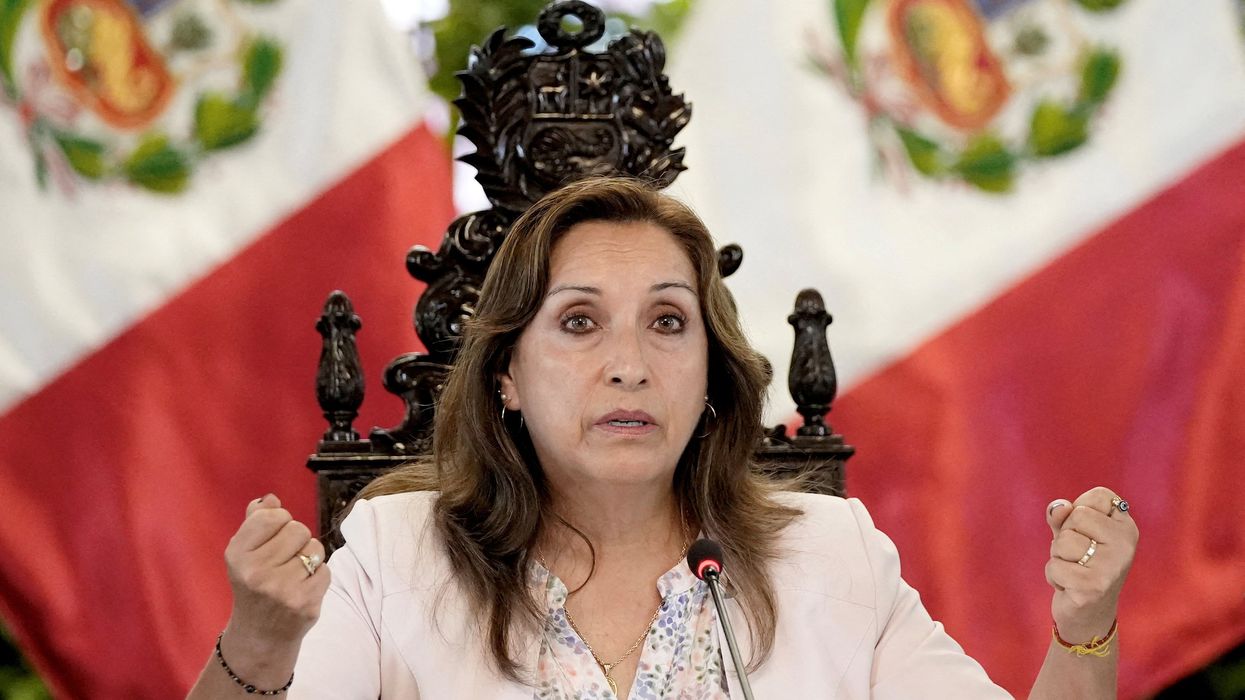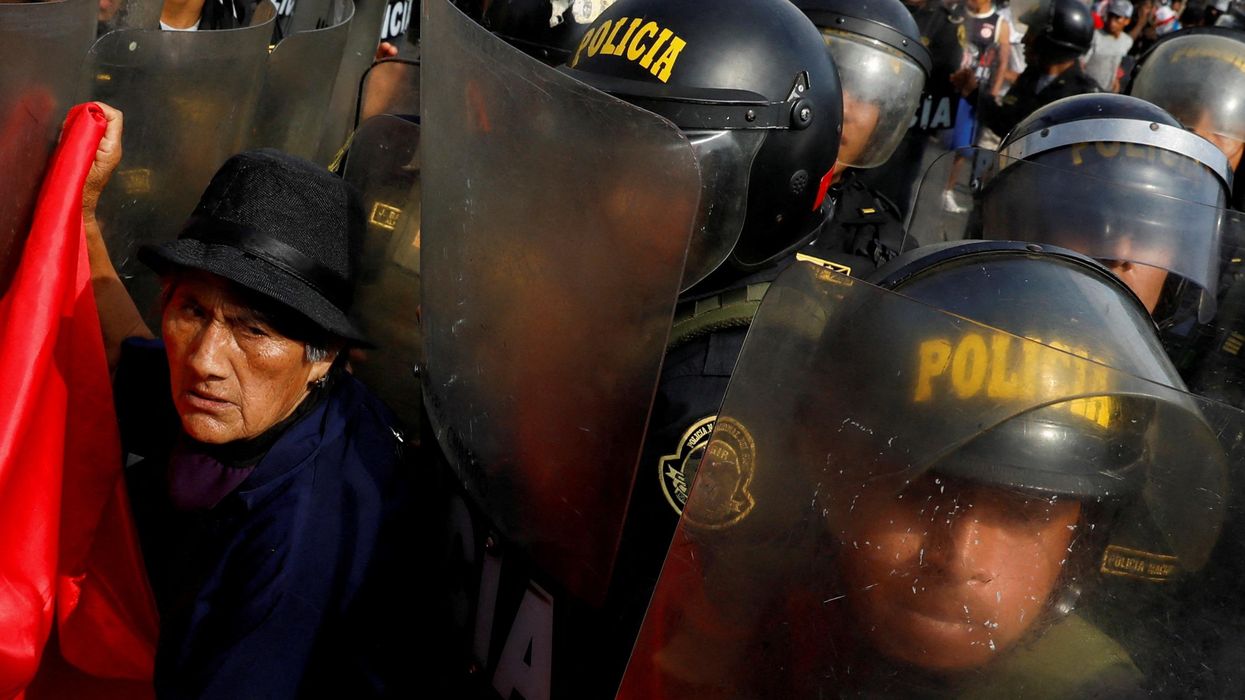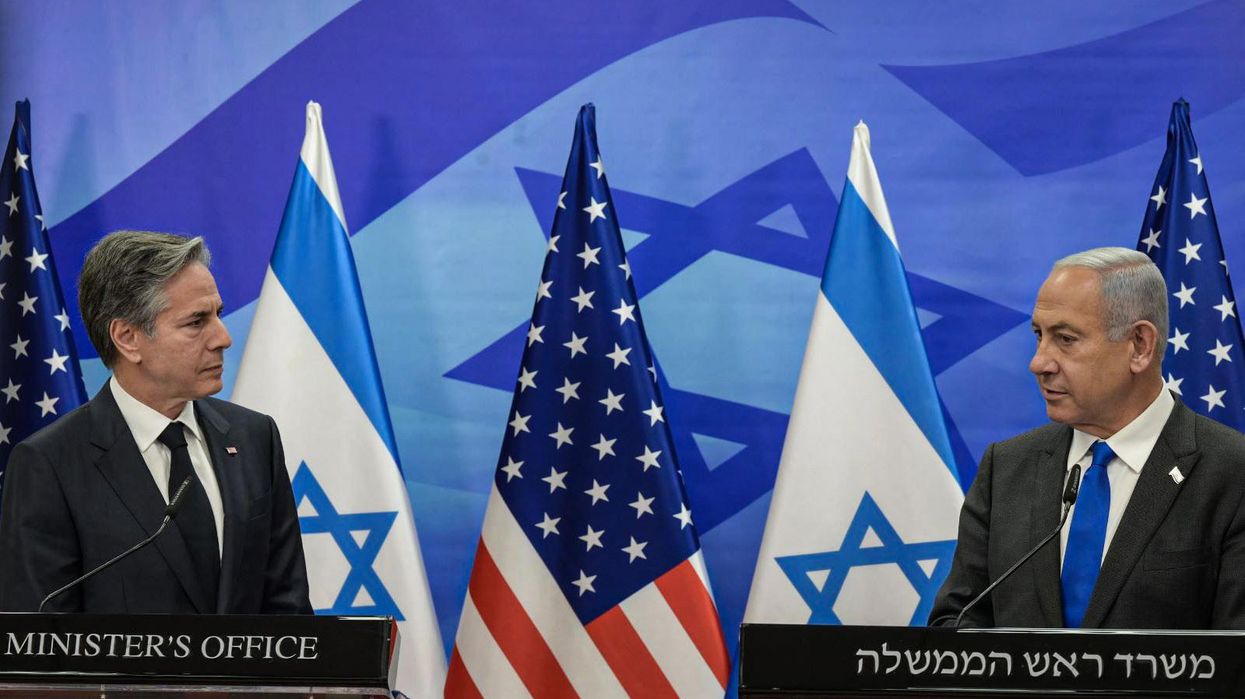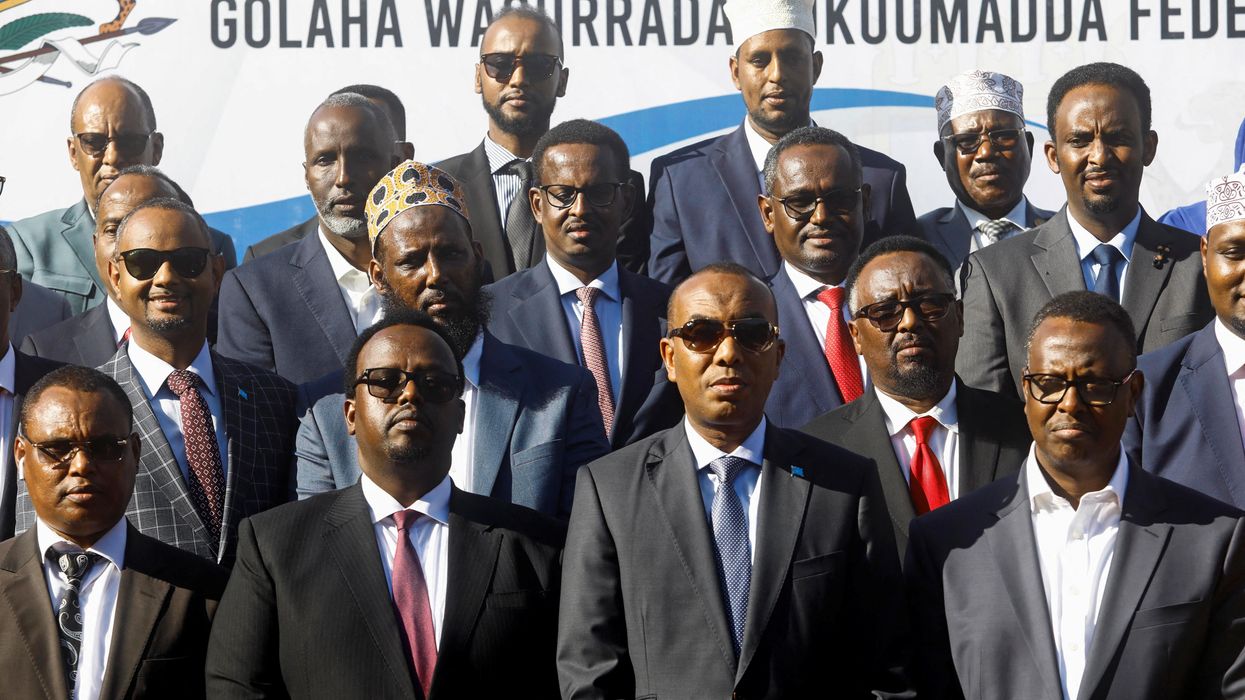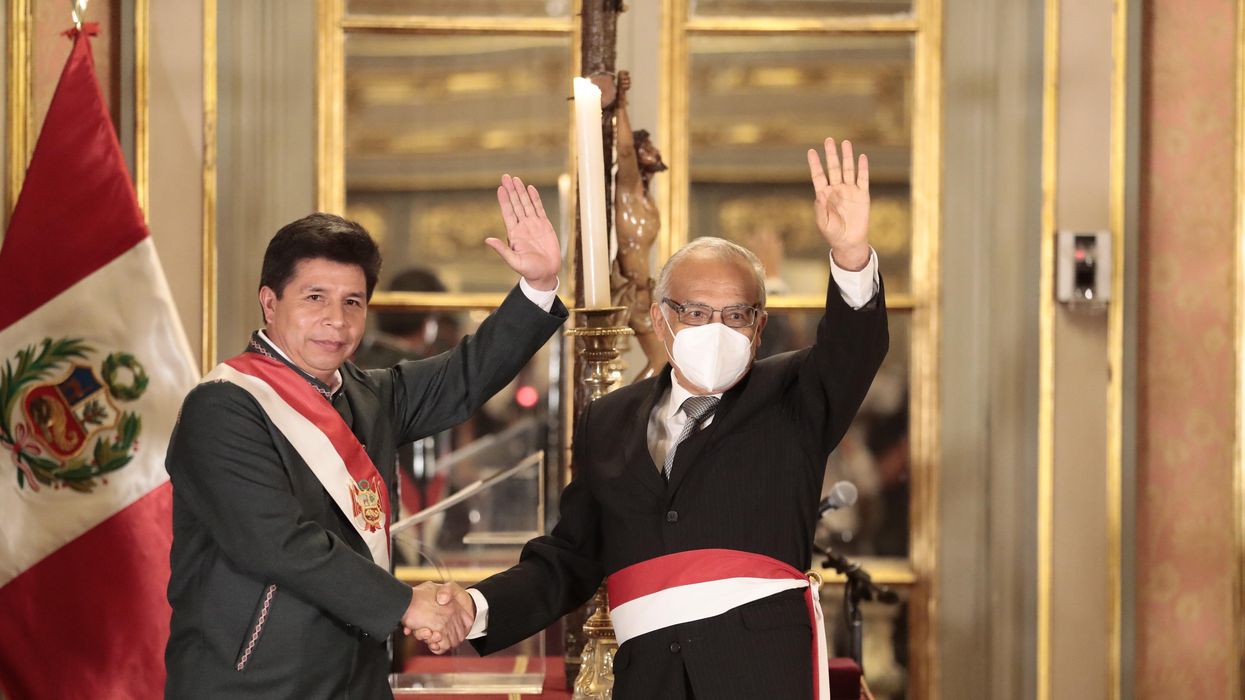What We're Watching
Political drama consumes Peru, per usual
Political turmoil – seemingly a national pastime in Peru – is again rearing its ugly head. Top prosecutor Patricia Benavides is blaming President Dina Boluarte – who came to power a year ago after President Pedro Castillo was removed from office by Congress – for a number of deaths at anti-government protests.
Nov 30, 2023
